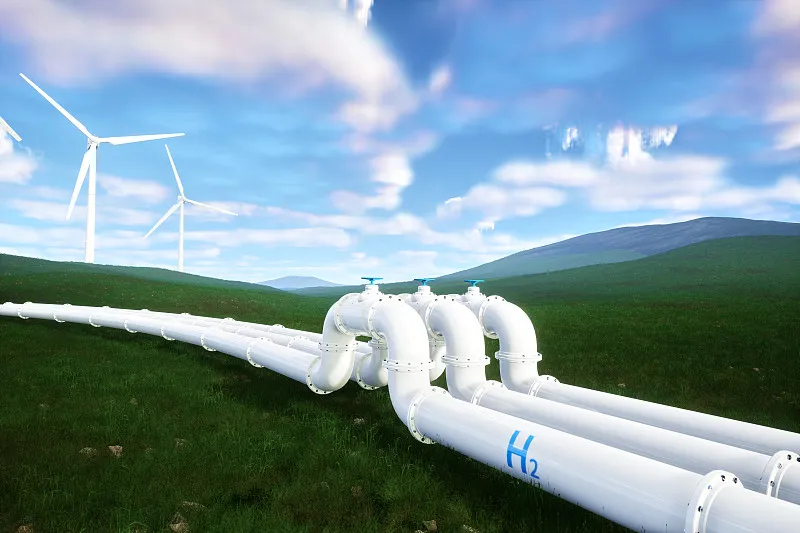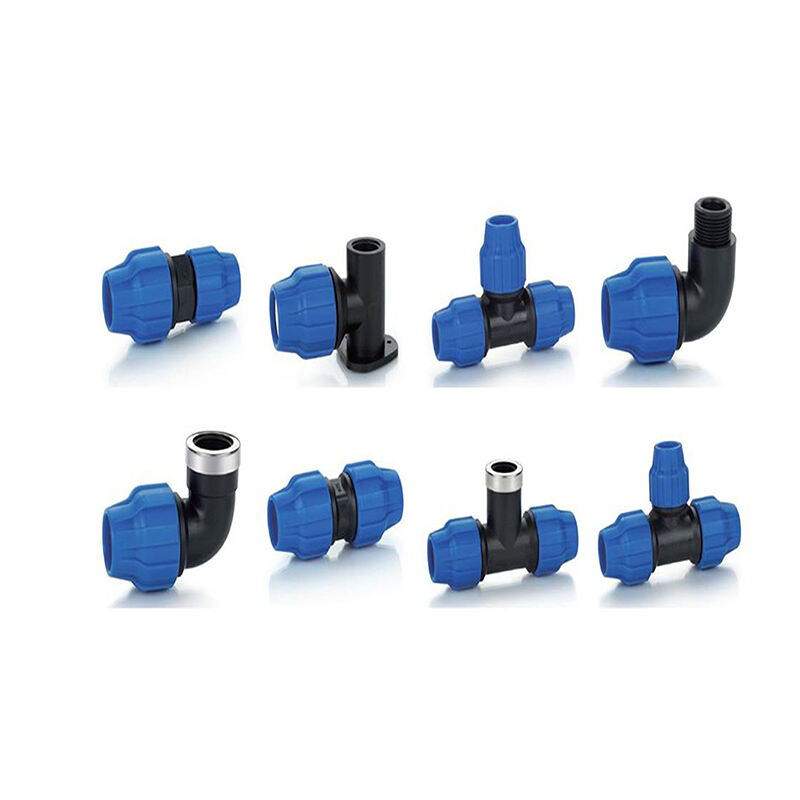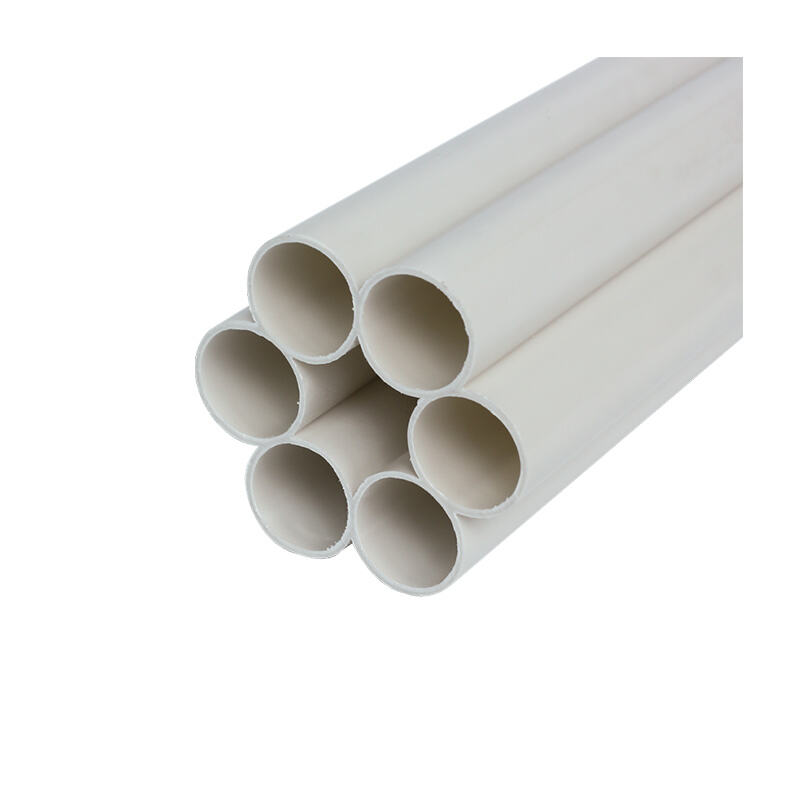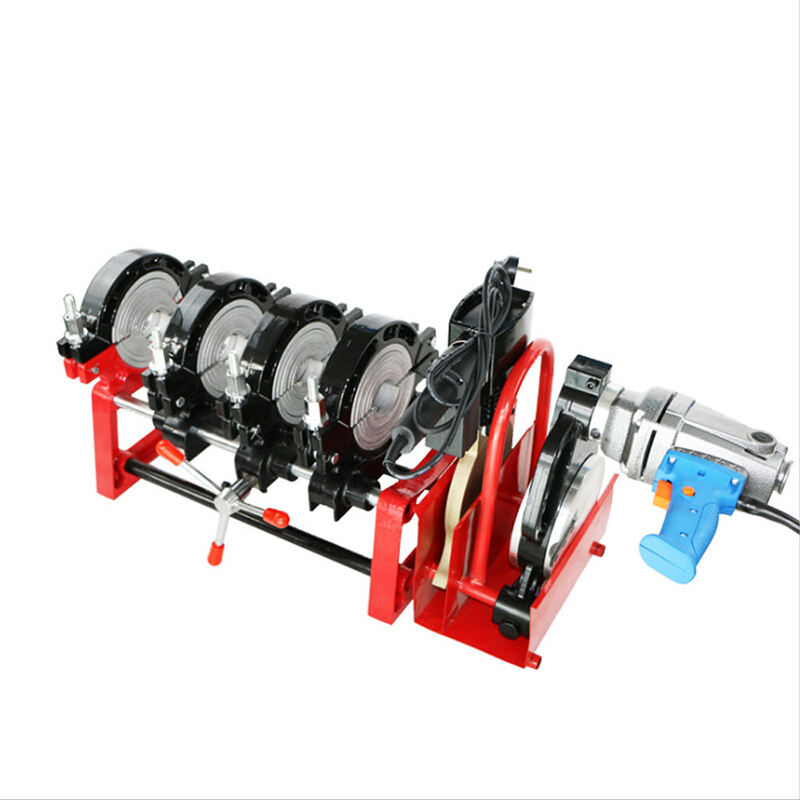Studi Kasus tentang Dampak Pipa HDPE dalam Aplikasi Energi & Daya
Pipa HDPE telah muncul sebagai komponen vital dalam infrastruktur energi dan daya, menunjukkan performa luar biasa dan fleksibilitasnya. Penggunaannya di sektor-sektor ini menekankan kemampuannya untuk memfasilitasi transmisi energi yang efisien dan andal, berkontribusi pada lanskap energi yang lebih berkelanjutan dan tangguh.
Dalam distribusi energi, pipa HDPE digunakan secara luas untuk mengangkut gas alam dan bahan bakar fosil lainnya. Komposisi polietilen padat tingginya memastikan pipa yang kuat, namun tetap fleksibel, yang dapat menahan tekanan dan suhu yang terkait dengan cairan-cairan ini. Ini meningkatkan keselamatan dan mengurangi risiko kebocoran atau pecah, memastikan pasokan energi yang aman dan tidak terputus.
Selain itu, ketahanan pipa HDPE terhadap korosi dan bahan kimia sangat menguntungkan dalam aplikasi energi dan daya. Ini menghilangkan kebutuhan pemeliharaan dan penggantian yang sering, mengurangi biaya operasional dan waktu downtime. Ketahanan dan keawetan ini membuat pipa HDPE menjadi solusi yang hemat biaya untuk proyek infrastruktur energi.
Selain itu, bobot ringan dan kemudahan pemasangan pipa HDPE berkontribusi pada penyelesaian proyek yang lebih cepat. Pipa ini dapat dipasang dengan cepat dan efisien di berbagai medan dan lingkungan, mengurangi dampak keseluruhan terhadap komunitas lokal dan ekosistem.
Selain itu, ramah lingkungan pipa HDPE sejalan dengan tren berkembang menuju solusi energi hijau. Daur ulangnya dan dampak lingkungan yang lebih rendah selama produksi berkontribusi pada pendekatan yang lebih berkelanjutan untuk pembangkitan energi dan daya.
Di bidang energi terbarukan, pipa HDPE juga memainkan peran penting. Pipa ini digunakan dalam sistem energi geotermal, di mana ia memfasilitasi sirkulasi air atau fluida lainnya secara efisien melalui pipa bawah tanah untuk memanfaatkan energi termal bumi. Demikian pula, pipa HDPE digunakan dalam sistem surya termal, mengangkut fluida panas ke tangki penyimpanan atau langsung ke pengguna akhir.
Kesimpulannya, studi kasus ini menyoroti peran penting pipa HDPE dalam aplikasi energi dan daya. Ketahanannya, ketahanan terhadap korosi, dan ramah lingkungan membuatnya menjadi aset berharga untuk memfasilitasi transmisi energi yang efisien dan andal, berkontribusi pada lanskap energi yang lebih berkelanjutan dan tangguh.















